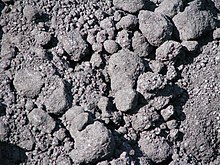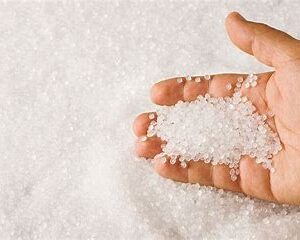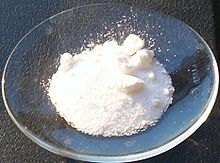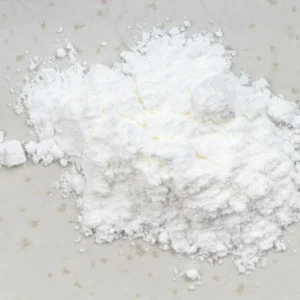pet coke
Petroleum coke, abbreviated coke, pet coke or petcoke, is a final carbon-rich solid material that derives from oil refining, and is one type of the group of fuels referred to as cokes. Petcoke is the coke that, in particular, derives from a final cracking process—a thermo-based chemical engineering process that splits long chain hydrocarbons of petroleum into shorter chains—that takes place in units termed coker units. (Other types of coke are derived from coal.) Stated succinctly, coke is the “carbonization product of high-boiling hydrocarbon fractions obtained in petroleum processing (heavy residues)”. Petcoke is also produced in the production of synthetic crude oil (syncrude) from bitumen extracted from Canada’s oil sands and from Venezuela’s Orinoco oil sands. In petroleum coke units, residual oils from other distillation processes used in petroleum refining are treated at a high temperature and pressure leaving the petcoke after driving off gases and volatiles, and separating off remaining light and heavy oils. These processes are termed “coking processes”, and most typically employ chemical engineering plant operations for the specific process of delayed coking.
Enquiry Form
Product Info
Composition
Petcoke, altered through the process of calcining which it is heated or refined raw coke eliminates much of the component of the resource. Usually petcoke when refined does not release the heavy metals as volatiles or emissions.
Depending on the petroleum feed stock used, the percentage of carbon in petcoke can be as high as 98-99%. This creates a carbon-based compound containing hydrogen in concentrations between 3.0 – 4.0%. Raw (or green) coke contains between 0.1 – 0.5% nitrogen and 0.2 – 6.0% sulfur which become emissions when coke is calcined.
| Component | Raw (green) coke |
|---|---|
| Carbon (wt%) | 80 – 95 |
| Hydrogen (wt%) | 3.0 – 4.5 |
| Nitrogen (wt%) | 0.1 – 0.5 |
| Sulfur (wt%) | 0.2 – 6.0 |
| Volatile matter (wt%) | 5.0 – 15 |
| Moisture (wt%) | 0.5 – 10 |
| Ash (wt%) | 0.1 – 1.0 |
| Density (wt%) | 1.2 – 1.6 |
| Heavy Metals (ppm. wt) | |
| Aluminium | 15 – 100 |
| Boron | 0.1 – 15 |
| Calcium | 25 – 500 |
| Chromium | 5 – 50 |
| Cobalt | 10 – 60 |
| Iron | 50 – 5000 |
| Manganese | 2 – 100 |
| Magnesium | 10 – 250 |
| Molybdenum | 10 – 20 |
| Nickel | 10 – 500 |
| Potassium | 20 – 50 |
| Silicon | 50 – 600 |
| Sodium | 40 – 70 |
| Titanium | 2 – 60 |
| Vanadium | 5 – 500 |
Through thermal processing the composition in weight is reduced with the volatile matter and sulfur being emitted. This process ends in the honeycomb petcoke which according to the name giving is a solid carbon structure with holes in it.
| Component | Petcoke(Calcined @ 2375 °F = 1300 °C) |
|---|---|
| Carbon (wt%) | 98.0 – 99.5 |
| Hydrogen (wt%) | 0.1 |
| Nitrogen (wt%) | |
| Sulfur (wt%) | |
| Volatile matter (wt%) | 0.2 – 0.8 |
| Moisture (wt%) | 0.1 |
| Ash (wt%) | 0.02 – 0.7 |
| Density (wt%) | 1.9 – 2.1 |
| Heavy Metals (ppm. wt) | |
| Aluminium | 15 – 100 |
| Boron | 0.1 – 15 |
| Calcium | 25 – 500 |
| Chromium | 5 – 50 |
| Cobalt | 10 – 60 |
| Iron | 50 – 5000 |
| Manganese | 2 – 100 |
| Magnesium | 10 – 250 |
| Molybdenum | 10 – 20 |
| Nickel | 10 – 500 |
| Potassium | 20 – 50 |
| Silicon | 50 – 600 |
| Sodium | 40 – 70 |
| Titanium | 2 – 60 |
| Vanadium | 5 – 500 |






Reviews